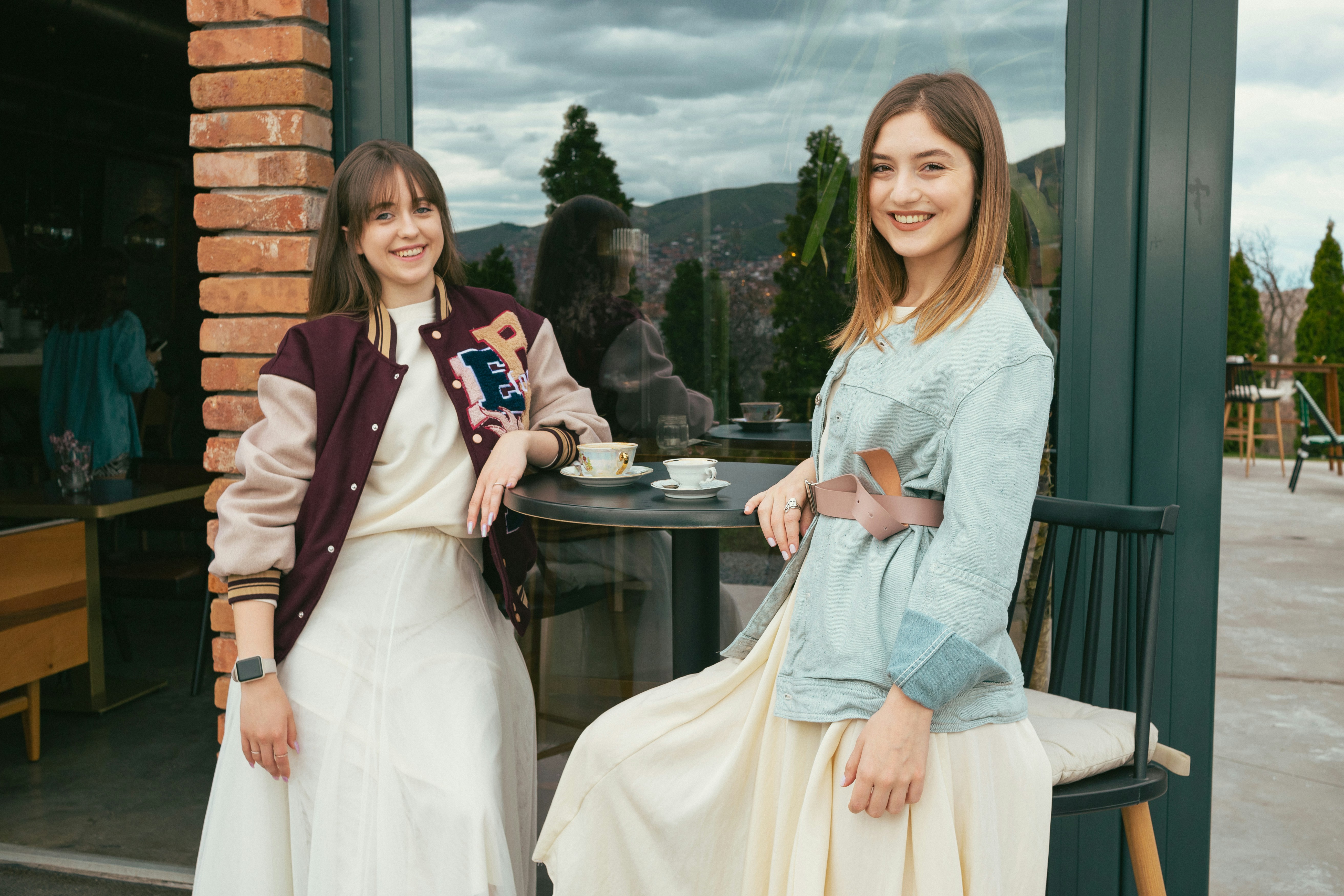Spotlight on Sustainable Fashion: Unraveling the New Wave of Conscious Dressing
Once a niche movement, sustainable fashion has surged into the mainstream, challenging the industry's conventions. Propelled by a new generation of eco-conscious consumers, this trend is transforming the way we shop.
A Brief Background on Sustainable Fashion
Sustainable fashion, or eco-fashion, first garnered attention during the environmental movement of the 1960s and 70s. Despite early interest, it remained on the fringes of the fashion industry for decades. It wasn’t until the 2000s, with the rise of fast fashion and its subsequent environmental backlash, that sustainable fashion began to gain significant traction.
Rethinking the Fashion Cycle
Today, sustainable fashion is about more than organic cotton and recycled fabrics. It’s about rethinking the entire fashion cycle, from design and production to retail and disposal. This approach challenges the traditional, linear “take-make-dispose” model, advocating for a circular economy where resources are reused and waste is minimized.
Current Trends and Insights
As we delve into the 2020s, we’re seeing a growing demand for transparency. Consumers want to know where their clothes come from and how they’re made. They’re favoring brands that prioritize ethical labor practices and environmental responsibility.
In response, brands are adopting a variety of sustainable strategies. Some are exploring innovative, eco-friendly materials, while others are focusing on durable design and encouraging clothing repair. Rental and resale are also booming, offering stylish alternatives to a one-time wear culture.
The Appeal and Influence of Sustainable Fashion
Sustainable fashion is reshaping consumer behavior and expectations. It’s not just about looking good—it’s about feeling good about what you’re wearing. It offers a sense of purpose, allowing consumers to express their values through their clothing choices.
Sustainable fashion is also influencing broader industry trends. It’s driving a move away from seasonal collections towards timeless, versatile pieces. It’s promoting minimalist aesthetics and a return to quality craftsmanship. In many ways, it’s redefining what fashion means in the 21st century.
Practical Tips for Eco-conscious Shopping
- Choose quality over quantity: Invest in durable, well-made pieces that will stand the test of time.
- Research brands: Look for brands that are transparent about their manufacturing processes and sustainability initiatives.
- Consider resale or rental: Explore secondhand shopping or rent outfits for special occasions.
- Care for your clothes: Proper care can extend the life of your garments, reducing the need for replacement.
As we conclude, it’s clear that sustainable fashion is more than a passing trend—it’s a fundamental shift in how we view and interact with our clothes. It’s a movement towards conscious consumption, where fashion serves not just our personal style, but also our planet and its people.
The rise of sustainable fashion signals a hopeful future for the industry, one that balances style with responsibility. It’s a future that demands our engagement, inviting us to rethink our shopping habits and make more mindful choices. As consumers, we have the power to drive this change—and it starts with the clothes we wear.





